While this is the norm right now, in a few years time, these supply chain snags and shipping deadlines may not matter as much, as we might be exchanging digital gifts in the — dun, dun, dun — metaverse.
Ah, the metaverse — it seems like that word suddenly popped up out of nowhere, and now everyone’s using it. #amirite? Unsurprisingly, news mentions of the “metaverse” have spiked this year. The metaverse is basically a virtual copy of the real world — an online environment where you (likely represented as a digital avatar) could virtually take part in activities done in the real world, like shopping in a virtual mall or meeting up with friends at a virtual beach. On the surface, it might seem that the fashion and beauty sectors would struggle to adapt to a truly digital world, but many companies are actively getting involved in these new realms. Amid all the buzz, here are some ways that beauty and fashion brands can take advantage of the metaverse opportunity: 1. Virtual storesVirtual stores can make the e-commerce shopping experience more immersive, as they allow consumers to browse and order items online. For instance, New York-based Obsess offers an AR/VR platform that enables brands and retailers to create 3D online shopping experiences by virtually replicating existing stores or designing entirely new virtual stores. The startup worked with beauty brand Charlotte Tilbury (owned by Puig) to allow consumers to shop for makeup in a virtual store with their friends. In June 2021, it raised a $10M Series A round to expand its virtual stores and showrooms solution beyond beauty and fashion. Startups in this space are creating opportunities for brands to not only engage with consumers in virtual spaces but also sell both virtual and real-life products, setting the foundation for virtual retail and experiential e-commerce. In addition to fostering a more engaging experience, virtual stores can also help boost average order value, according to Obsess. Notably, the rush to snatch up prime real estate for digital storefronts has already sparked real estate booms in some metaverses. For more on virtual stores and what it means for immersive shopping experiences, check out our brief on the metaverse mall here.
2. Virtual influencersVirtual influencers are becoming increasingly popular, particularly in Asia. These computer-generated personas offer the appeal of a human influencer, often at a lesser price and without the limitations and risks of a real person. Their flaws, personalities, and character traits can be molded and controlled. These figures have sizable social media followings and have appeared in fashion campaigns, billboards, and more. Similar to human influencers, they are now even signing modeling contracts, signaling their growing power to influence consumer purchasing decisions via advertising and marketing. For instance, South African virtual influencer Shudu, who is known as “the world’s first digital supermodel,” has been featured by fashion and beauty brands such as Ellesse, Fenty Beauty, and Balmain. With the rise of metaverses, virtual influencers could become prominent figures in these virtual worlds, as they serve as new platforms for them to interact with fans, followers, and consumers. Startups like California-based DNABlock are offering software platforms for companies to create their own virtual influencers and digital avatars. Given that companies are increasingly using AI to give speech and movement capabilities to digital avatars, the growth of virtual influencers could also lead to the growth of synthetic media (i.e., AI-generated content).
3. Virtual goodsE-gamers have spent a fortune on in-game virtual items for their characters, such as skins, cosmetics, or accessories, over the past years, and the next big stage for this spending could be the metaverse. As digital identities and representation become more important, more consumers will be willing to spend money on virtual goods to create a digital version of themselves that reflects their real-life qualities or those that they aspire to have. This is especially true when it comes to beauty and fashion products, and brands are already tapping into the opportunity. For instance, Givenchy Beauty created virtual makeup looks for users to put on their characters in the game Animal Crossing, and Nike just acquired virtual NFT sneaker startup RTFKT earlier this week. Similarly, startups like DressX offer virtual clothing for individuals to wear in digital realms, while startups The Fabricant and Clo help organizations design virtual fashion items. As the metaverse gains steam, we could see more companies launch fully digital collections and “direct-to-avatar” (D2A) drops — when companies release virtual goods specifically designed for avatars — as new sources of revenue. We’ve previously written about virtual goods in a client-only brief here. Opportunities beyond virtual stores, goods, and influencers will arise for beauty & fashion brands and retailers as the metaverse unfolds. As fully immersive, digital spaces continue to pop up and take up an increasing amount of consumers’ time, advertising opportunities for brands and retailers will present themselves as well. Fashion brands have already gotten involved on this front in the e-sports and gaming world. For instance, Louis Vuitton collaborated with Riot Games on the League of Legends World Championship in 2019 — the fashion company designed both the winner’s trophy case as well as clothing and accessories for characters within the game. While we watch the metaverse take shape, why don’t you catch up on some metaverse-related research? We’ve written about NFTs and virtual fashion, and we have even created a metaverse market map. |

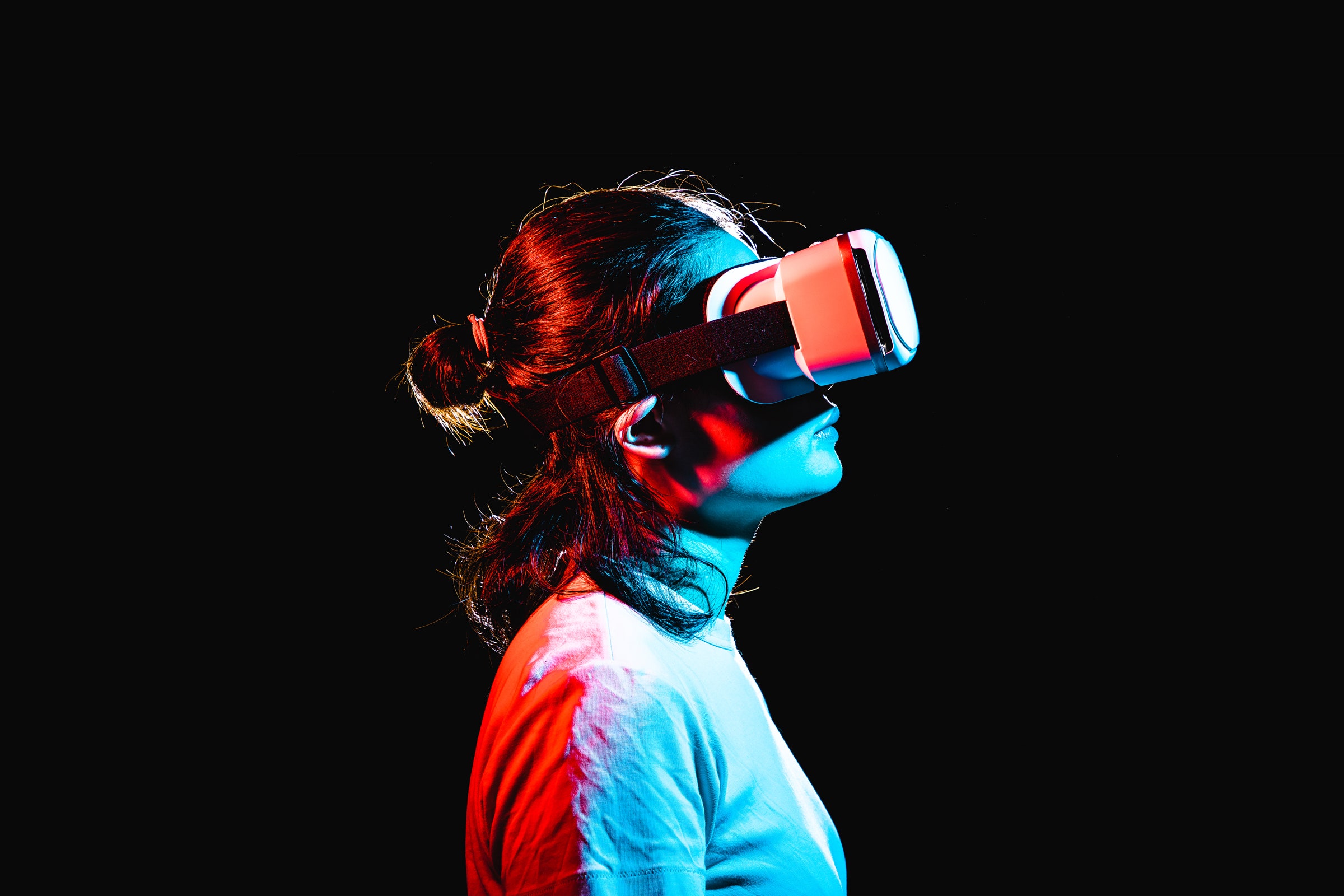
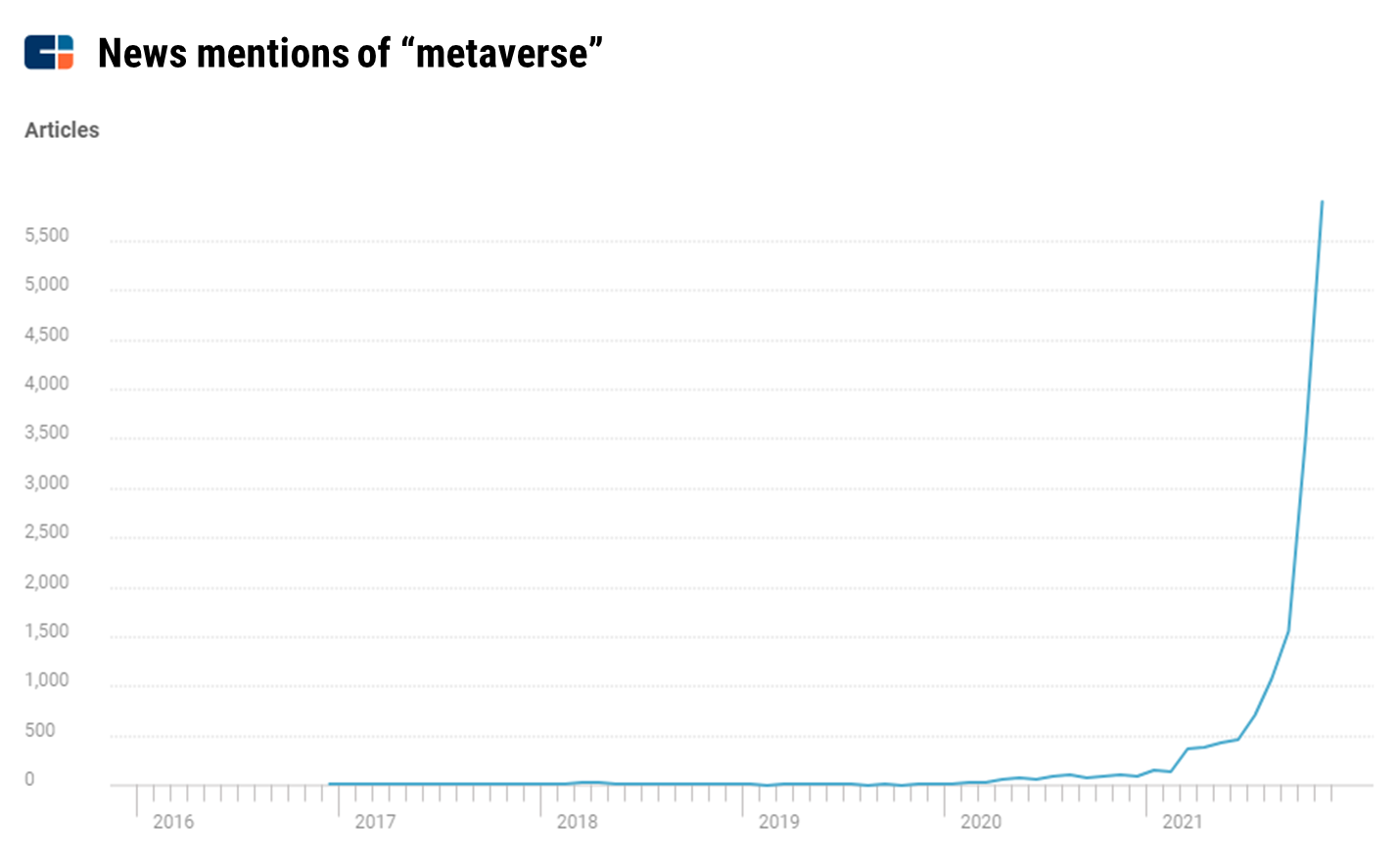
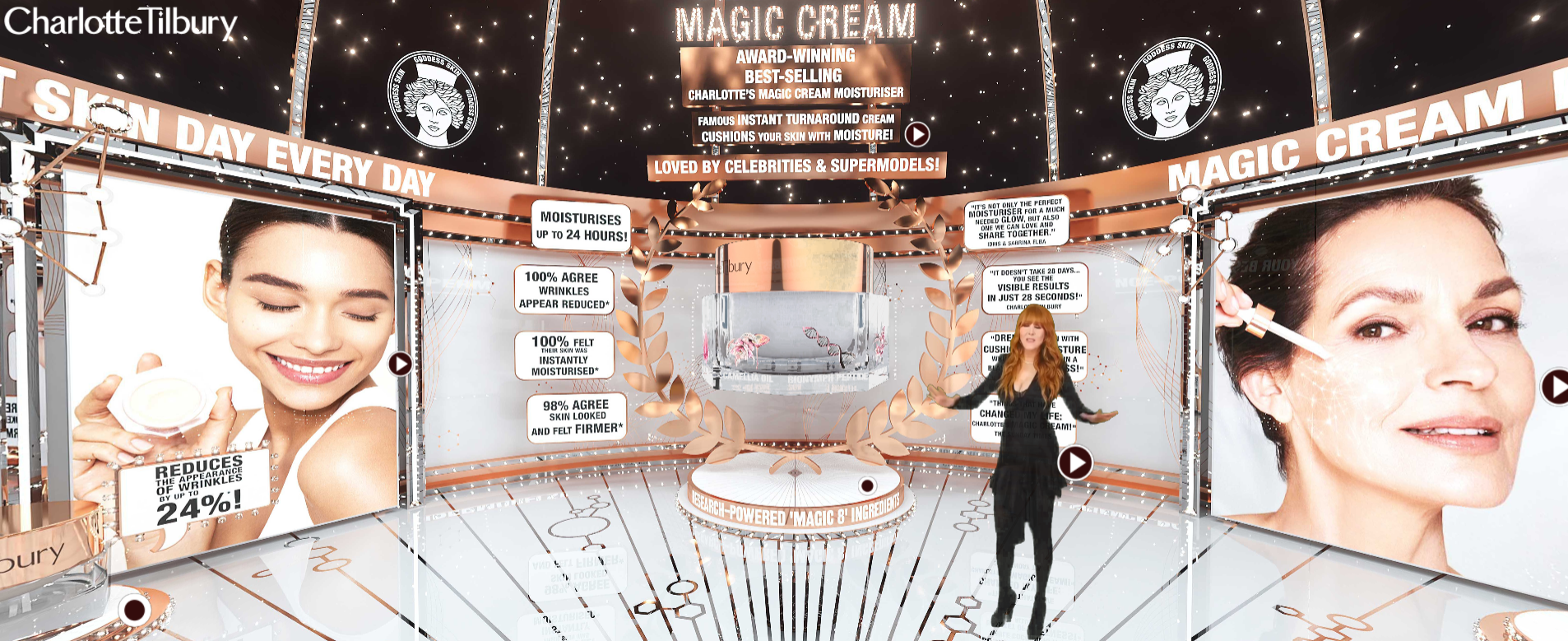
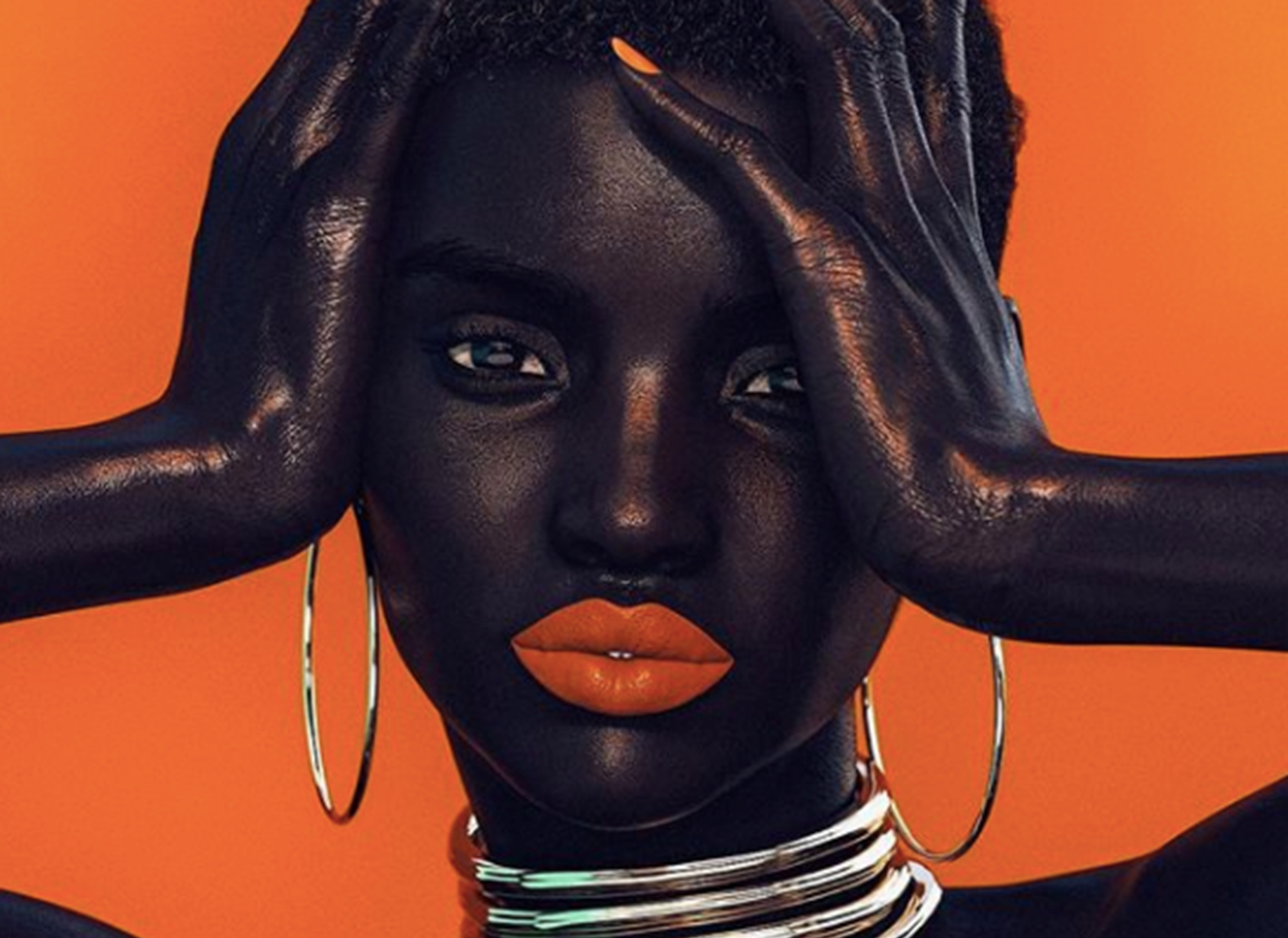
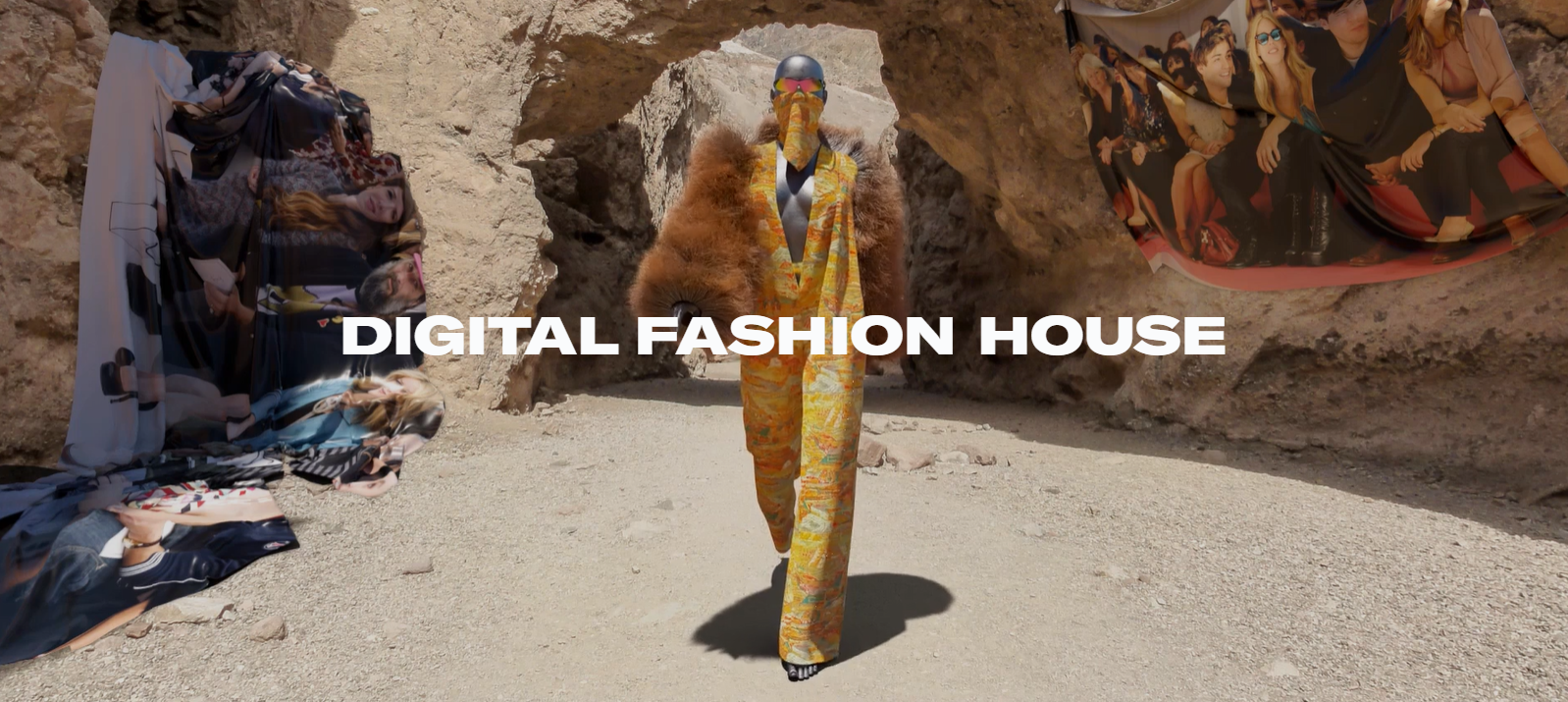





0 Comments